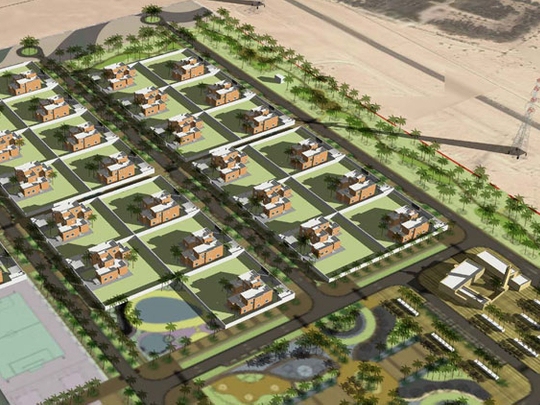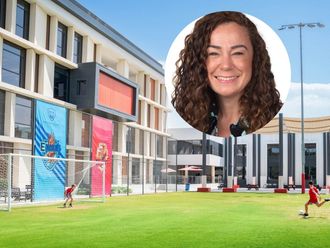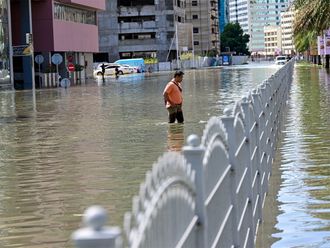
Abu Dhabi: The approval of 13 projects in the first quarter of this year will soon facilitate the development of about four million square metres in the emirate of Abu Dhabi, the Abu Dhabi Urban Planning Council (UPC) announced in a statement sent on Wednesday.
About 70 per cent of the area under development comprises residential projects, including houses and villas in the capital’s Al Raha Beach and Emirati residential projects in Al Ain and Al Gharbia (Western Region).
Five of the projects are master plans, which consist of separate multiple buildings, road networks and community facilities. The rest are single building projects with no road network, or multiple buildings connected by a podium with no community facilities.
Mohammad Al Khadar, executive director of development review and Estidama at the UPC, said that all projects are evaluated carefully before approval.
“Each one must adhere to our regulations and guidelines for complete communities, and account for environmental, societal, cultural and economic factors. The [approved] projects will bring us closer to achieving the goals of Abu Dhabi Vision 2030,” he said.
Since 2007, the UPC has released a number of urban plans that aim to create sustainable neighbourhoods supported by the necessary utilities and infrastructure, pedestrian-friendly streets and community facilities such as schools, mosques and medical centres. The plans are supplemented by additional guidelines to help developers, including regulations for constructing streets, public spaces and buildings.
Until now, the UPC’s Development Review Team has authorised 432 projects and master plans that meet these standards, such as Zayed University, Al Maryah Island, Abu Dhabi World Trade Centre and the Guggenheim Museum on Saadiyat Island.
One of the developments approved earlier this year pertains to the east section of Al Raha Beach, which is expected to have 3,000 apartments, townhouses and villas, as well as 50,000 square metres of office space. The waterfront project is under Aldar Properties, and also consists of canals and boulevards stretching over 20 kilometres.
Three Emirati residential projects are also under development, including Aldar Properties’ Al Shahabat development in Al Ain, and Bida Al Mutawa development in Al Gharbia that will offer 240 villas, community centres, parks and mosques. The last master plan is the recently announced Hai Al Tejari in Al Gharbia, a mixed-use development at the centre of Gayathi. It is expected to include residential apartments for community members, a town centre, office space, retail options, and a cinema.
Educational institutions also received the go-ahead to build new campuses or expand existing ones. For example, the Petroleum Institute in Abu Dhabi will soon get a new centre for male undergraduate students, a new research centre, and residential blocks for women in Science and Engineering.
There will be a new Institute of Applied Technology in Al Ain, which will include a vocational high school and university for up to 2,400 female Emirati students. In addition, Khalifa University will add 135,000 square metres to create room for Abu Dhabi’s first medical school, an integrated engineering college and research and development facilities, a student centre, an auditorium and sports facilities.
Smaller residential projects were also approved, such as the Farglory EW11 development on Al Maryah Island and Shams Abu Dhabi on Al Reem Island.












